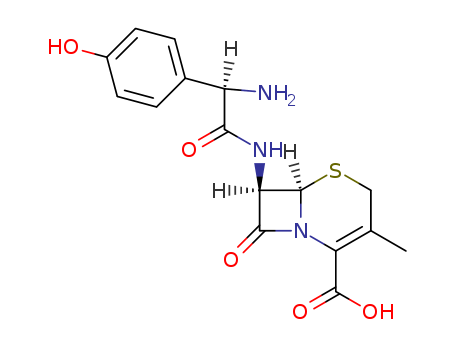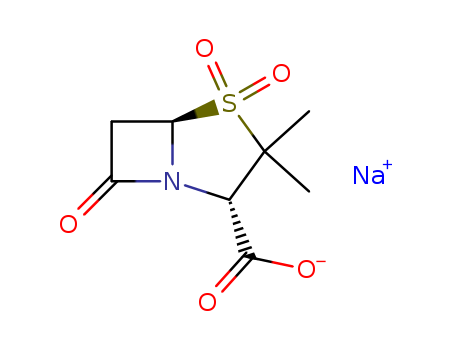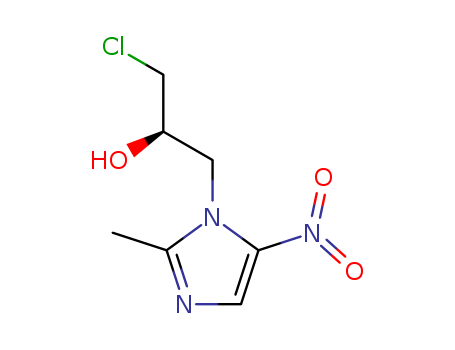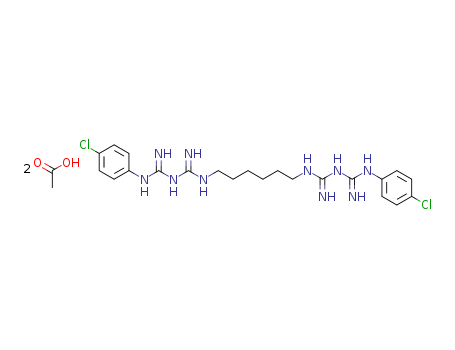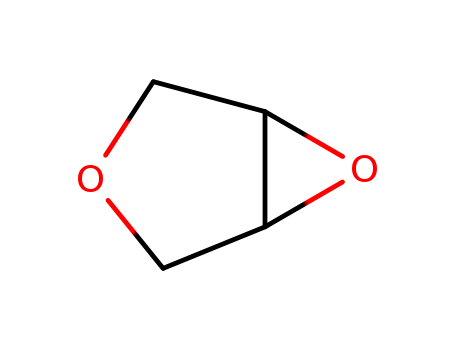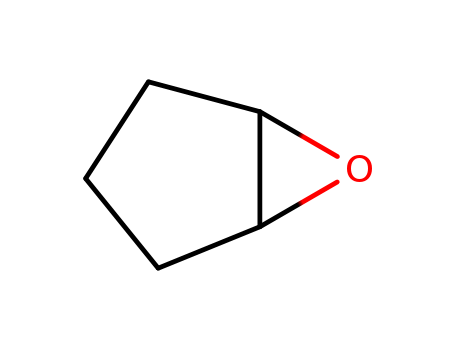Diethyl malonate CAS NO.105-53-3
- FOB Price: USD: 10,000.00-10,000.00 /Metric Ton Get Latest Price
- Min.Order: 1 Metric Ton
- Payment Terms: T/T
- Available Specifications:
pharmaceutical grade(1-1000)Metric Ton
- Product Details
Keywords
- Diethyl malonate
- Diethyl malonate
- Diethyl malonate
Quick Details
- ProName: Diethyl malonate
- CasNo: 105-53-3
- Molecular Formula: C7H12O4
- Appearance: white power
- Application: Pharma;Industry;Agricultural;chemical ...
- DeliveryTime: 3-5 working days
- PackAge: as your requirement
- Port: China Main Port
- ProductionCapacity: 1000 Metric Ton/Day
- Purity: 0.99
- Storage: Keep it in dry,shady and cool place
- Transportation: SEA OR AIR
- LimitNum: 1 Metric Ton
- Related Substances: no
- Residue on Ignition: 0.2%
- Heavy Metal: 1ppm
- Valid Period: 2 years
Superiority
high quality with competitive price
Details
A colorless liquid with a sweet ether odor. Miscible with alcohol, ether, soluble in chloroform, benzene and other organic solvents. Slightly soluble in water. The solubility of water is 2.08g/ 100mL at 20℃.
GB2760-96 is the allowable use of edible spices. Mainly used for the preparation of pear, apple, grape, cherry and other fruit flavors. Purpose Diethyl malonate is an important intermediate in the preparation of 2-amino-4, 6-dimethoxy-pyrimidine, and can be used in the preparation of sulfonylurea herbicides, such as bensulfuron-methyl, pysulfuron-methyl, and nisulfuron-methyl, and is also used in medicine for sulfonamides and barbiturates. Purpose Diethyl malonate is an intermediate in organic synthesis. Diethyl malonate is widely used in the production of dyes, spices and sulfonylurea herbicides. Diethyl malonate is mainly used in the production of ethoxamethoxine, barbituric acid, diethyl alkyl malonate, and then the synthesis of medicines such as norfloxacin, romefloxacin, chloroquine, bute and other synthetic dyes and pigments such as benzimidazolone organic pigments. Diethyl malonate is mainly used to produce ethoxomethoxylated, barbituric acid and diethyl malonate alkyl compound. Purpose 1. Pharmaceutical intermediates. It can be used in the synthesis of sulfa, barbitone, chloroquine, bute and other medicines. Use to test ammonia and potassium. Gas chromatographic stationary solution (maximum operating temperature 40℃, solvent for benzene, chloroform, ethanol). Solvents for resins and nitrocellulose, plasticizers. Organic synthesis. Use as intermediates of sulfonamides and barbiturates in medicine, as well as intermediates of spices and dyes. Diethyl malonate is mainly produced by cyanidation esterification and catalytic carbonylation. At present, the traditional cyanidation esterification is still widely used in industry. From chloroacetic acid by neutralization, cyanidation, hydrolysis, esterification. Chloroacetic acid was neutralized with Chemicalbook with sodium carbonate at 30℃ to produce sodium chloroacetate. It was cyanated with sodium cyanide at 92-95℃ and then hydrolyzed with alkali to produce sodium malonate. After drying, sodium malonate was esterified with ethanol in the presence of sulfuric acid at 70-72℃. The esterification product was washed and distilled to produce diethyl malonate. Raw material consumption quota: chloroacetic acid (95%) 650kg/t, sodium cyanide (95%) 340kg/t, ethanol (95%) 910kg/t. The new technology developed abroad is mainly catalytic carbonylation, that is, chloroacetate, carbon monoxide, ethanol as raw materials, in the presence of catalyst next reaction to synthesize diethyl malonate. In contrast, catalytic carbonylation process, in addition, there is sodium cyanoacetate, by direct esterification of cyanoacetic acid with ethanol. Production method using chloroacetic acid as raw materials, water dissolves in < 30 ℃ with sodium carbonate solution to pH = 7, hydrogen cyanide in water dissolves to join the chloroacetic acid sodium solution, in 92 ~ 95 ℃ reactions 1 h, adding alkali, in 100 ~ 105 ℃ heating reaction 1 h, hydrolysis, and then heated to remove water, add in ethanol and toluene, add a few drops of sulfuric acid, Reaction at 68 ~ 70℃ for 3h, esterification, then stratification, the ester layer for vacuum distillation is the finished product. ClCH2COOH + Na2CO3 - ClCH2COONaClCH2COONa + NaCH - NCCH2COONa + NaClNCCH2COONa + NaOH/H2O - NaOOC CH2 - COONa + NH3






